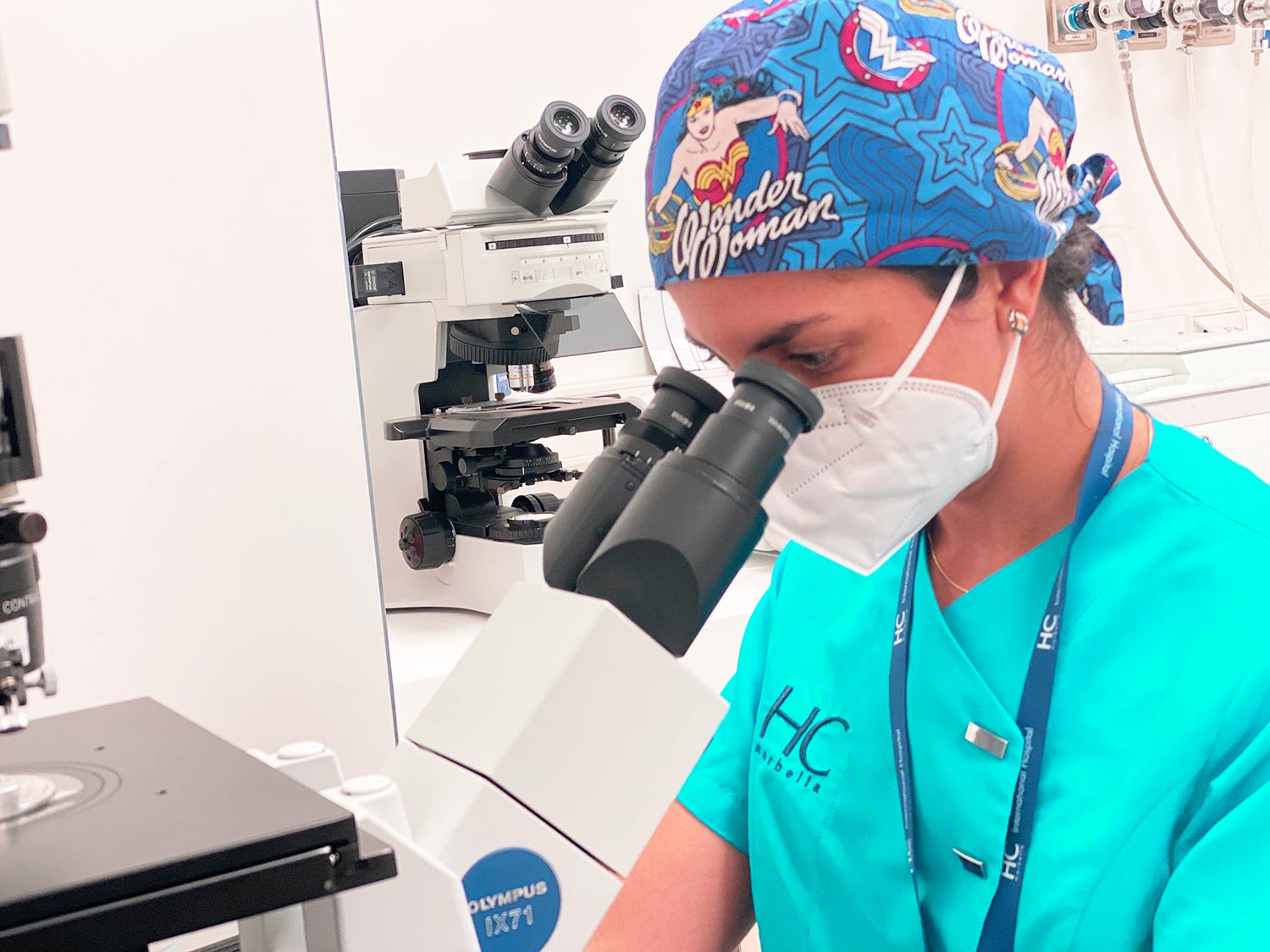Book now
Book now

An embryo that has been cultured in the laboratory until 5 or 6 days after obtaining the egg is called a blastocyst; after this time the embryo has differentiated into two different cell types, the internal cell mass and the trophectoderm.

During the development process of embryos, those that have less chance of surviving do not continue to develop until the blastocyst stage. The advantage of this non-invasive method of self-selection of embryos is that, by the fifth day, the embryologist can select which blastocysts have the best implantation potential to place in the uterus, which implies greater probabilities of a successful pregnancy.
During the first days, the embryos depend on the maternal ovule for their nutrition. To survive after the first three days, the embryo must activate its own genes and not all embryos reach this point of their development. These embryos are more developed and are more resistant, sothey have a higher rate of implantation compared to day three embryos.Being an embryo with a higher implantation rate, the tendency is to transfer a single blastocyst,thus reducing the percentage of twin pregnancies.